Keeping a compost pile is a great way to help the planet and your garden. Composting is what nature does by recycling wastes into nutrients. Adding compost to your soil improves its fertility as well as its ability to retain water. This means that you get to harvest more while watering less. By composting, you’ll also be reducing the amount of kitchen waste that goes into landfills and reducing the number of car trips you need to take to the dump with yard wastes.
There are a variety of composting options you can consider depending on how much food and yard waste your household produces, the space you have available, the quantity of finished compost you would like to have and the amount of money you want to spend.
The Dirt Cheap Option
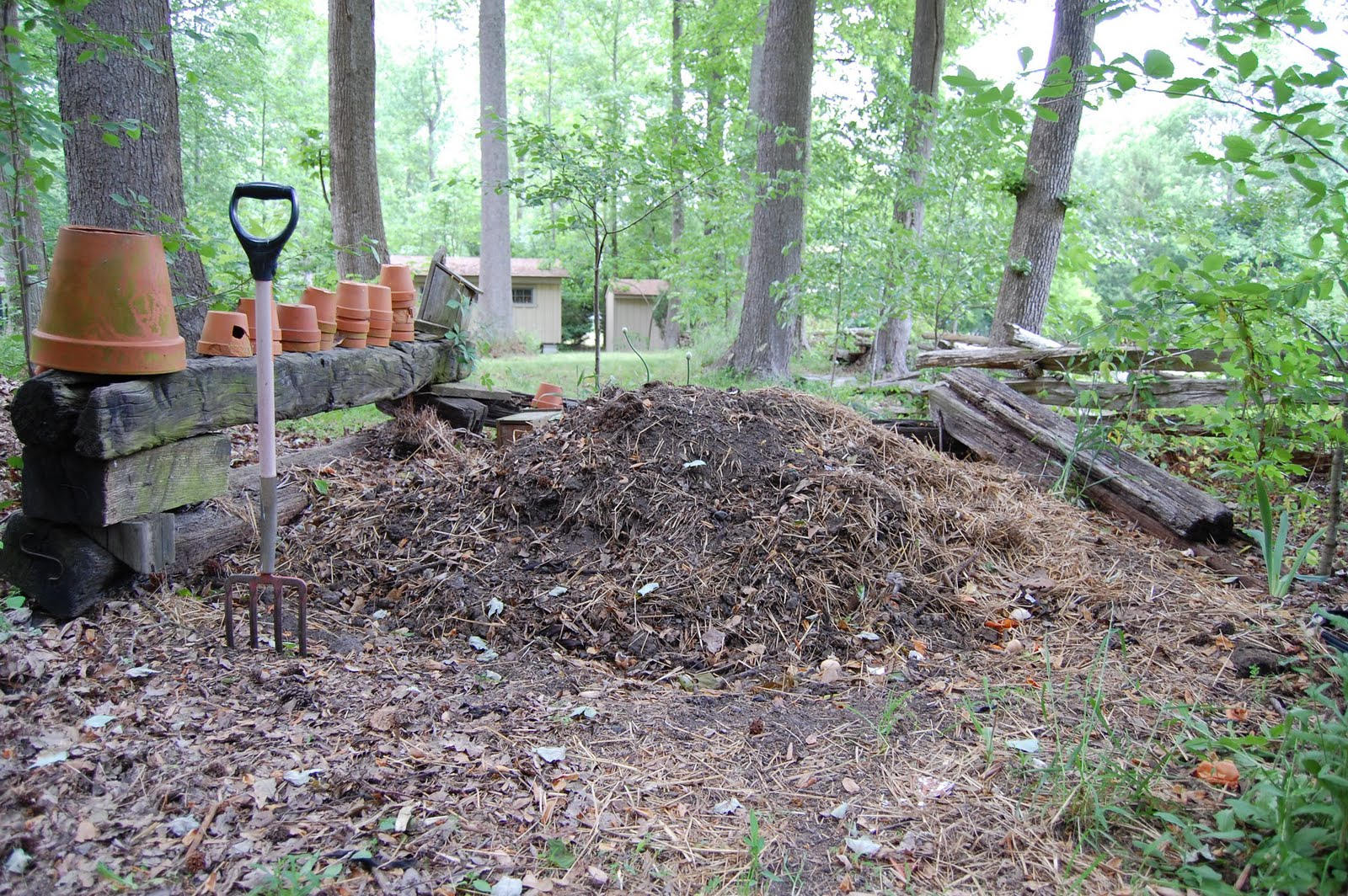 If you have a backyard with some space, just pile your compost in one corner. The pros of this option are that it costs nothing and you can put any amount of organic material into a pile whether it’s a few kitchen scraps or a whole yard’s worth of fallen leaves, grass clippings, and small brush. The main con is the aesthetic look of having a loose pile of slowly rotting wastes in your backyard, but is that even such a bad thing?
If you have a backyard with some space, just pile your compost in one corner. The pros of this option are that it costs nothing and you can put any amount of organic material into a pile whether it’s a few kitchen scraps or a whole yard’s worth of fallen leaves, grass clippings, and small brush. The main con is the aesthetic look of having a loose pile of slowly rotting wastes in your backyard, but is that even such a bad thing?
Repurpose the Chicken Coop
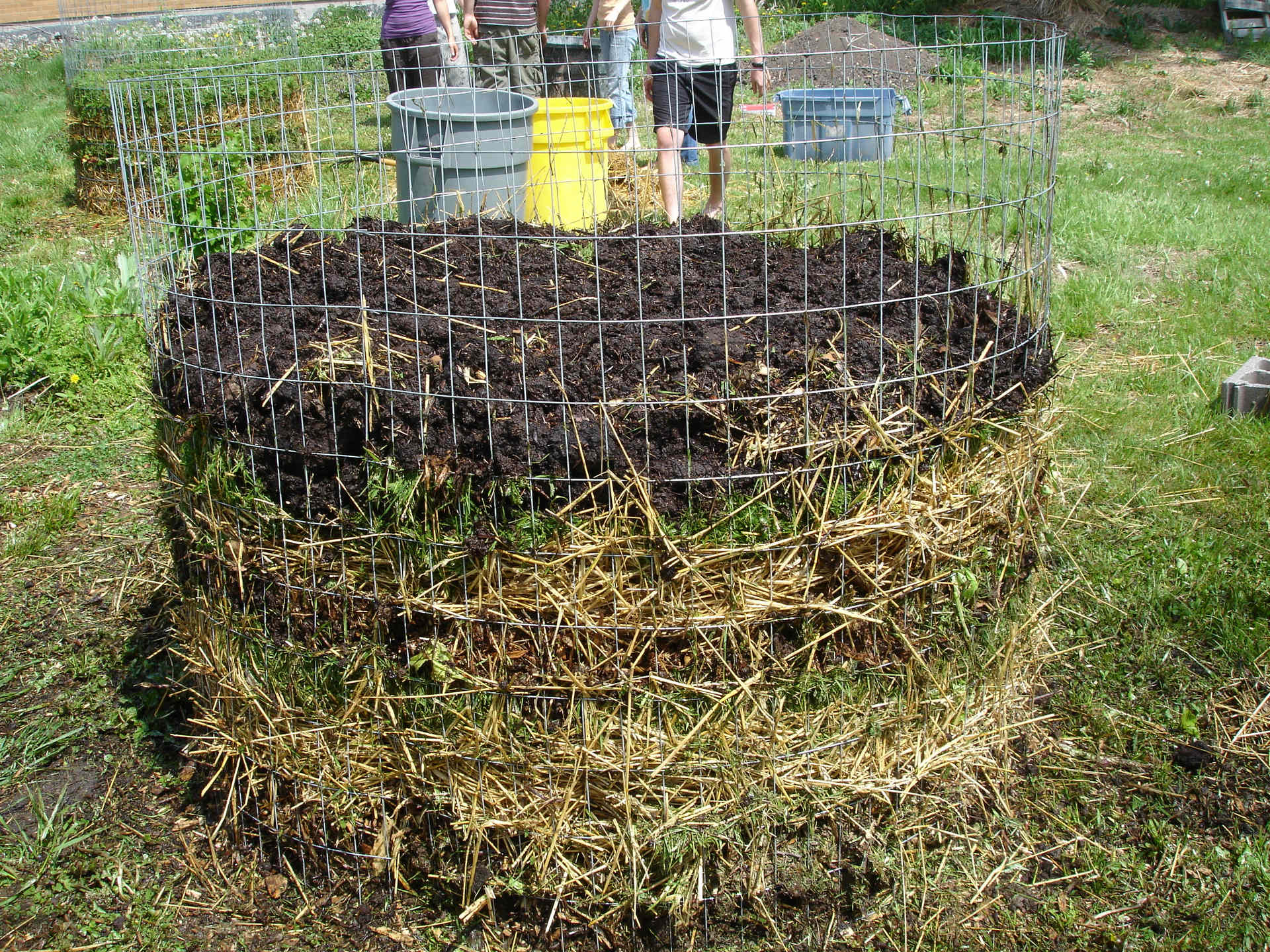 This is another cheap option and allows for a more contained and aesthetically-pleasing result than the option above. Simply buy a piece of chicken-wire, tie it into a circle and place it in a corner of your yard. You won’t be able to turn your pile easily with this option, but you don’t need to turn it either because, as they say, “compost happens.”
This is another cheap option and allows for a more contained and aesthetically-pleasing result than the option above. Simply buy a piece of chicken-wire, tie it into a circle and place it in a corner of your yard. You won’t be able to turn your pile easily with this option, but you don’t need to turn it either because, as they say, “compost happens.”
The Tumbler
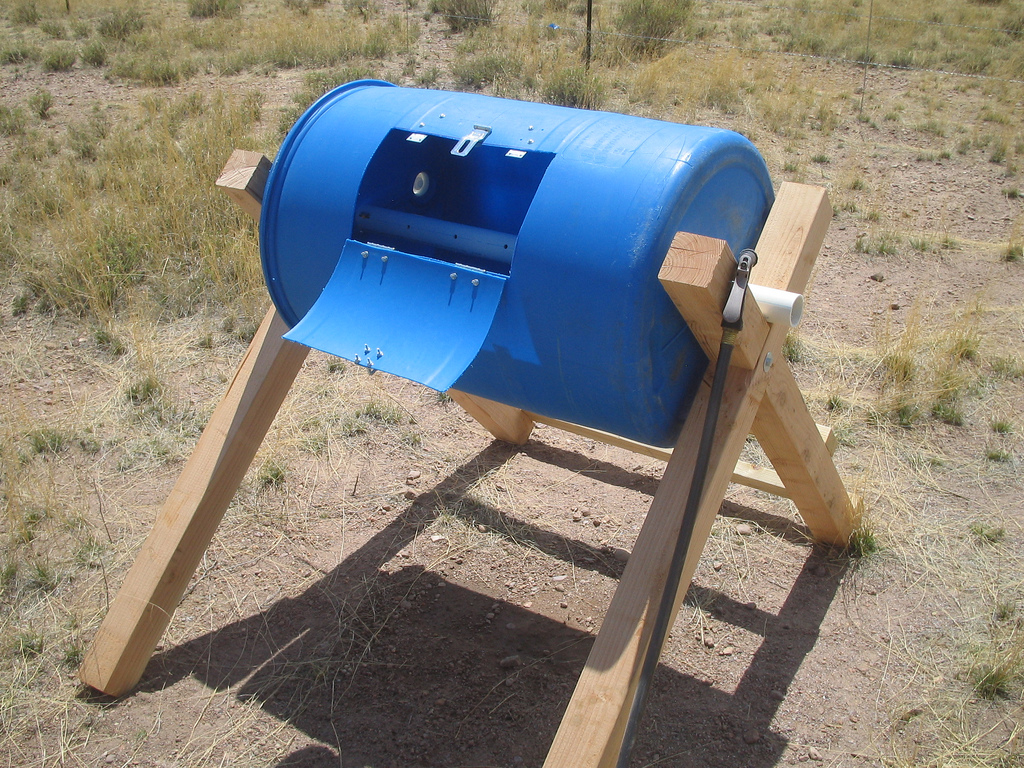
While it’s true that all organic matter will eventually decompose on its own, turning a compost pile helps speed up the process and tumbling it accelerates it to warp speed. There are two ways to get into the tumbler game. Either you choose one of the many ready-made options for sale or you get your hands dirty and make your own. If you choose option two, you’ll need four solid pieces of wood (fence posts work well), an old barrel and a strong pipe. The tumbler design is nice because it allows for easy mixing of the compost, a great option for people whose back is not what it once was.
The Top-Down Bin
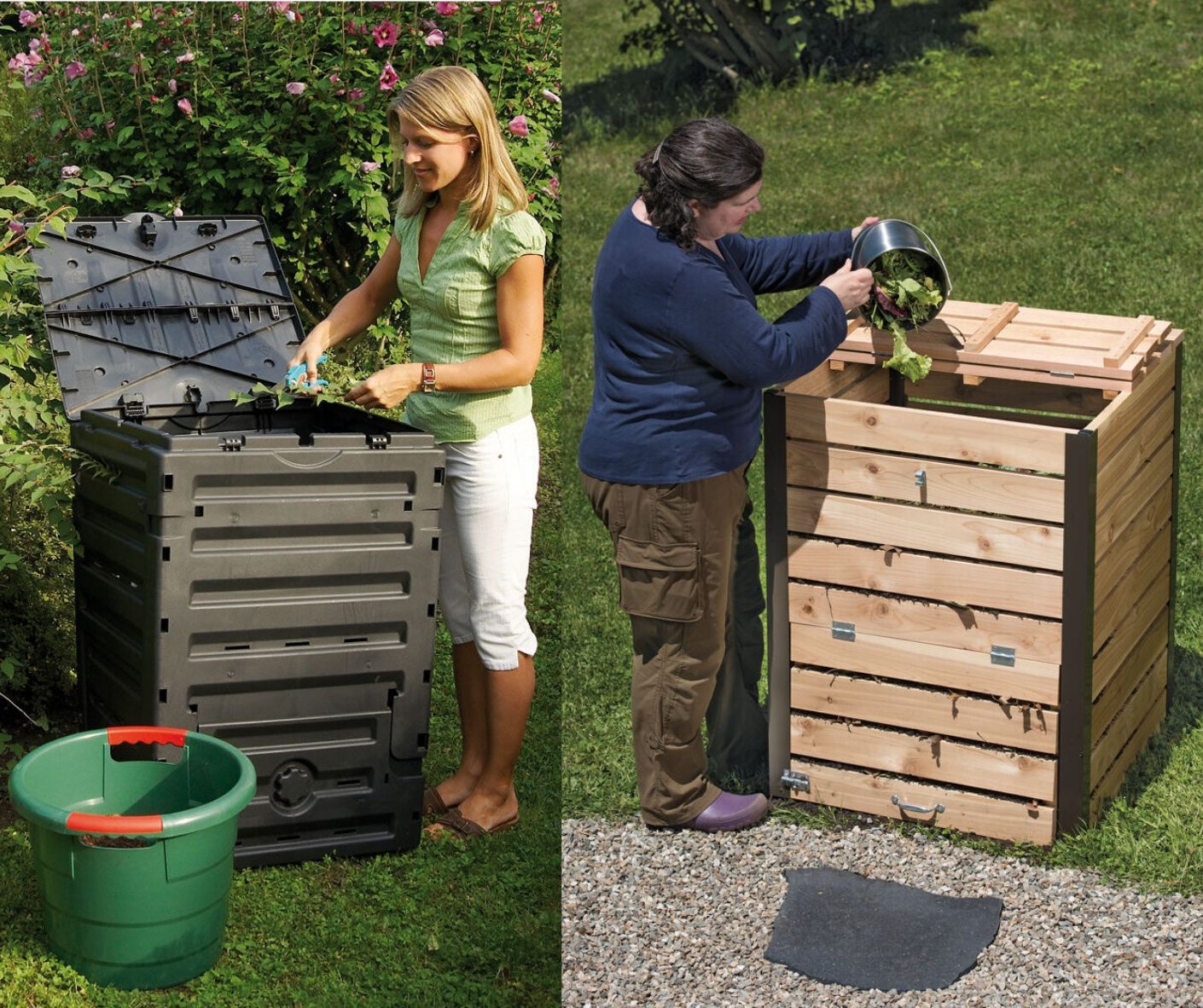 There are a number of compost bins for sale that allow you to add your scraps and wastes at the top and retrieve your finished compost down at the bottom of bin. The main advantage of this approach are its good looks and ease of use. The con, as you can guess, is the cost which can range from $50 up to over $200 depending on the size and quality of the materials used. One made of cedar, for example, will set you back $250 which is a lot of money to spend on something that Mother Nature does for free. If you’re handy, you can find plans online for a DIY version of this bin.
There are a number of compost bins for sale that allow you to add your scraps and wastes at the top and retrieve your finished compost down at the bottom of bin. The main advantage of this approach are its good looks and ease of use. The con, as you can guess, is the cost which can range from $50 up to over $200 depending on the size and quality of the materials used. One made of cedar, for example, will set you back $250 which is a lot of money to spend on something that Mother Nature does for free. If you’re handy, you can find plans online for a DIY version of this bin.
The Triple Threat
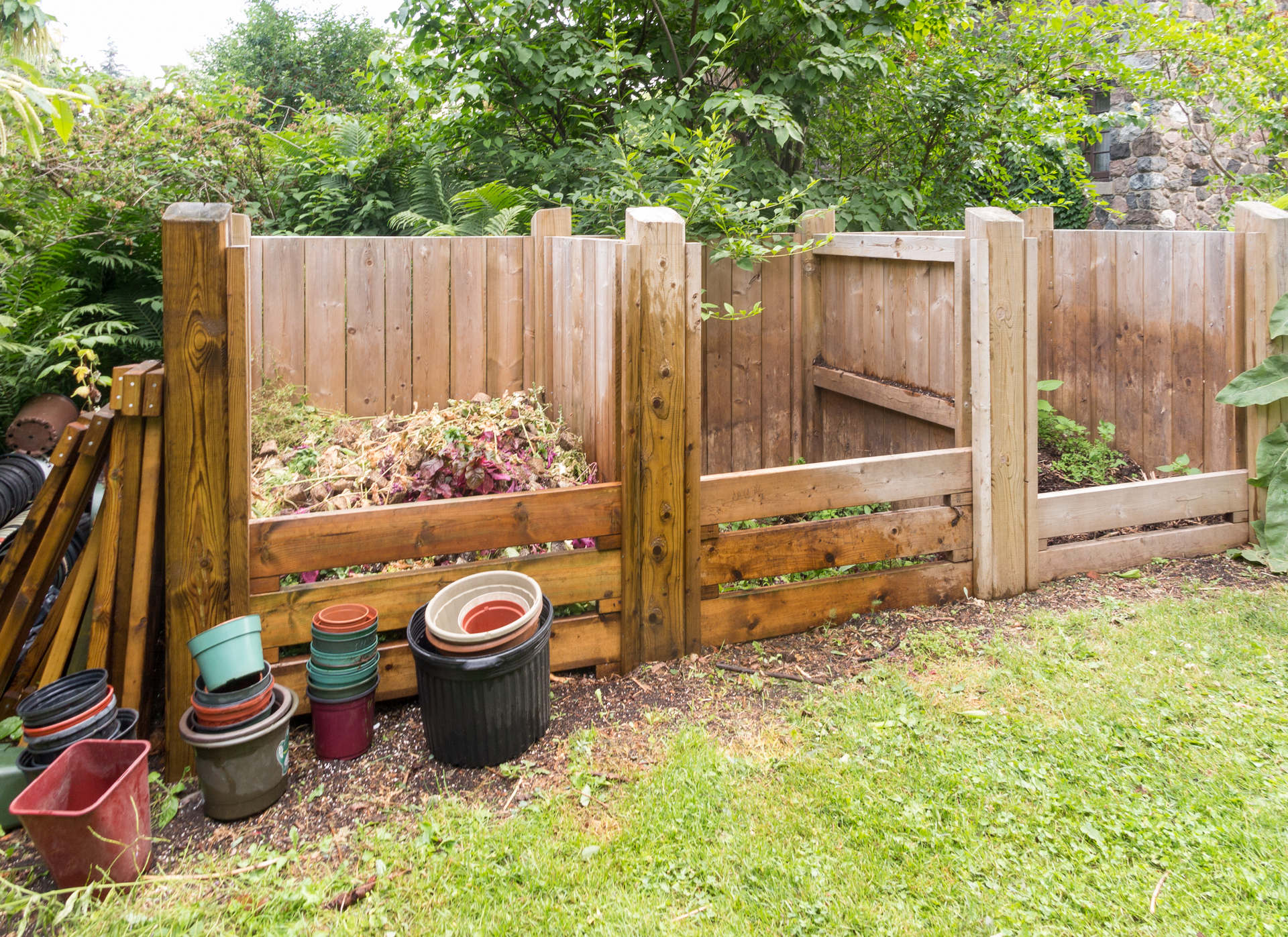 This is the cadillac of compost bins. Three separate bays so that you can keep three different composts at different levels of decomposure at the same time. After you’ve filled up bay one, you move on to bay two and so on. By the time you’ve filled up the third section, the compost from first is ready to be used. There are both premade options for this one and DIY plans you can follow if you have the time and carpentry skills.
This is the cadillac of compost bins. Three separate bays so that you can keep three different composts at different levels of decomposure at the same time. After you’ve filled up bay one, you move on to bay two and so on. By the time you’ve filled up the third section, the compost from first is ready to be used. There are both premade options for this one and DIY plans you can follow if you have the time and carpentry skills.
The Bucket
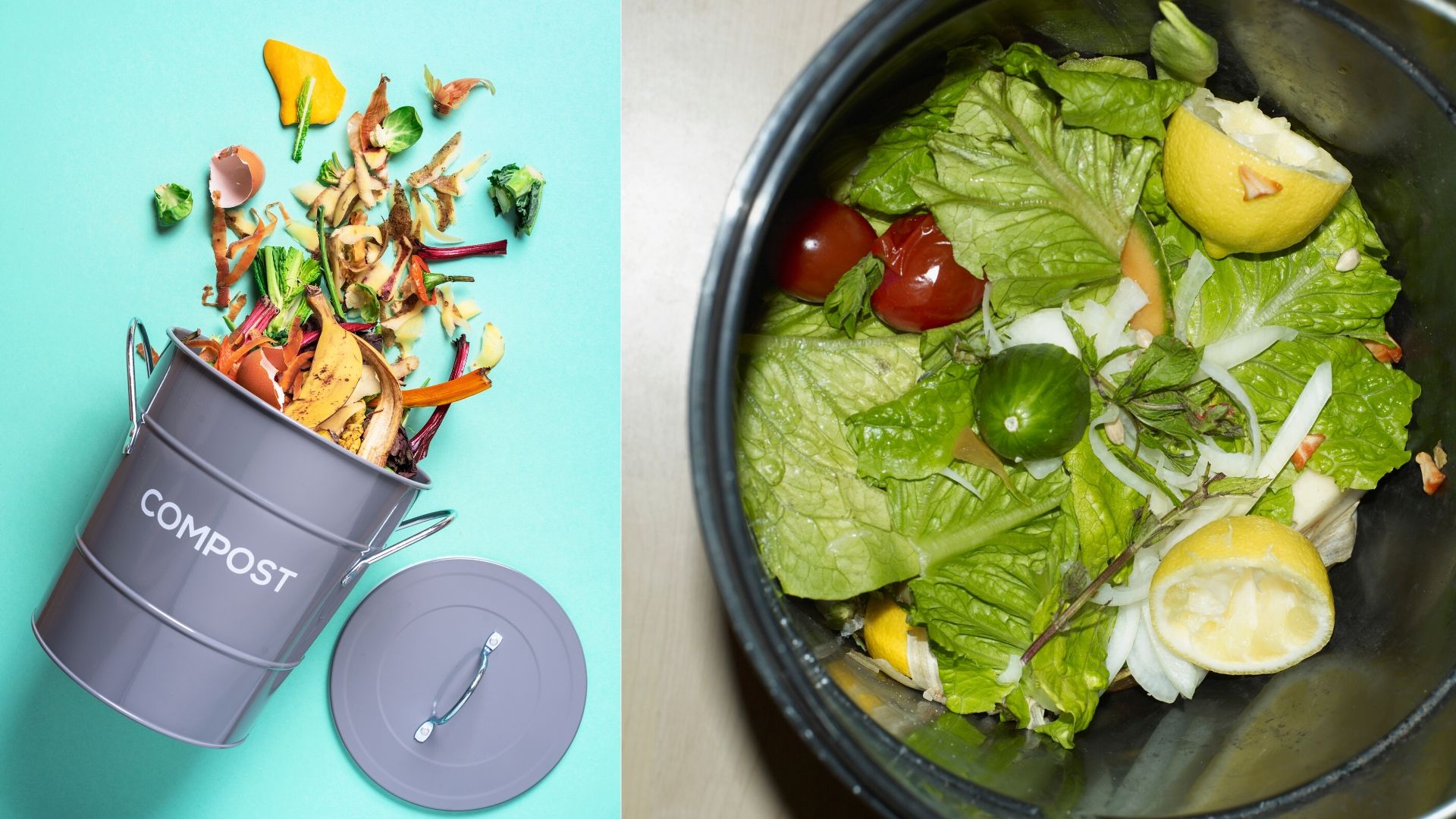 All our city-dwellers, we haven’t forgotten you! Do you have Have you a little fire escape or a balcony? If yes, then you’re in luck. Grab a bucket or small trash can, throw some food waste in there and you’ve got yourself the beginning of a compost. The perfect thing to feed your fire escape or balcony garden.
All our city-dwellers, we haven’t forgotten you! Do you have Have you a little fire escape or a balcony? If yes, then you’re in luck. Grab a bucket or small trash can, throw some food waste in there and you’ve got yourself the beginning of a compost. The perfect thing to feed your fire escape or balcony garden.


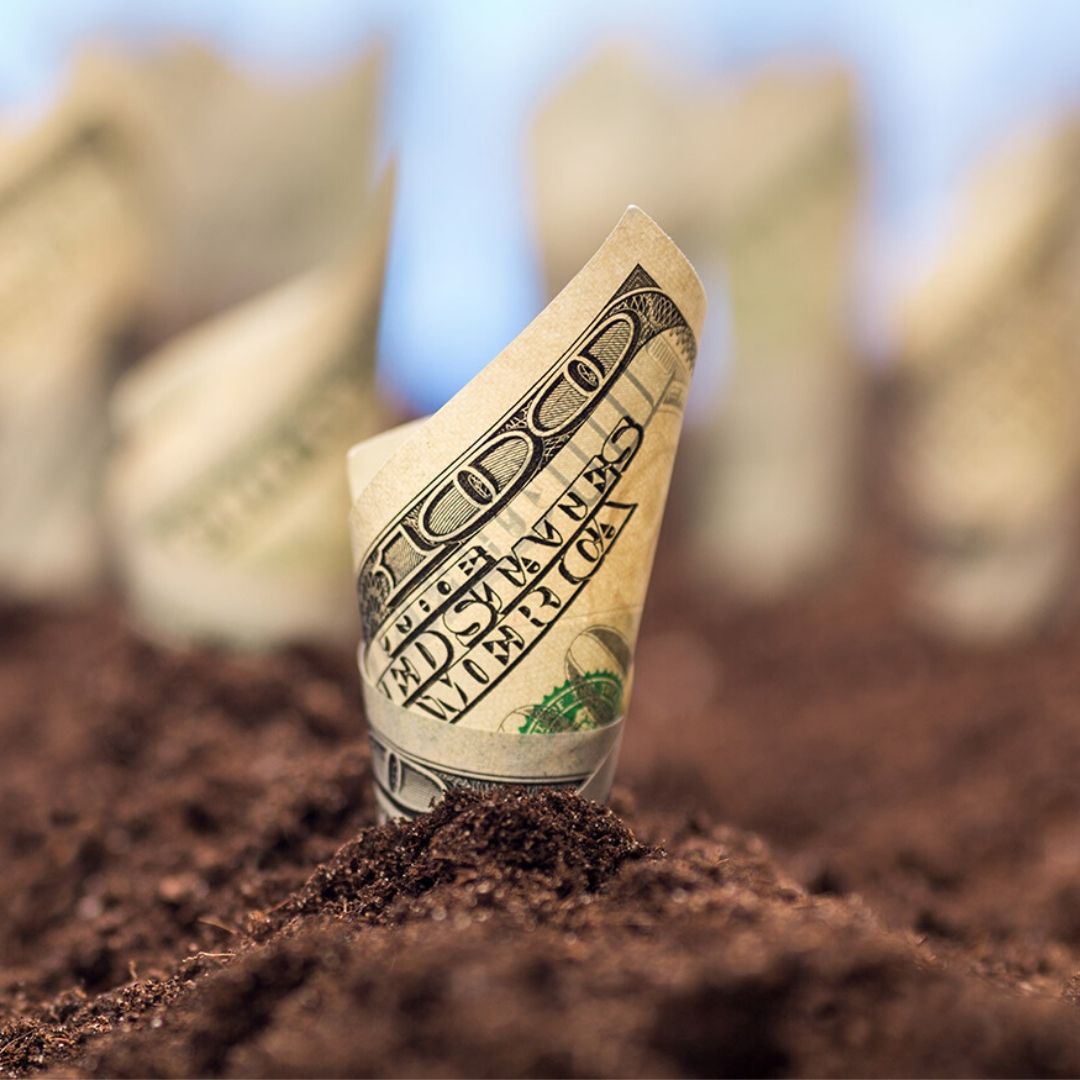
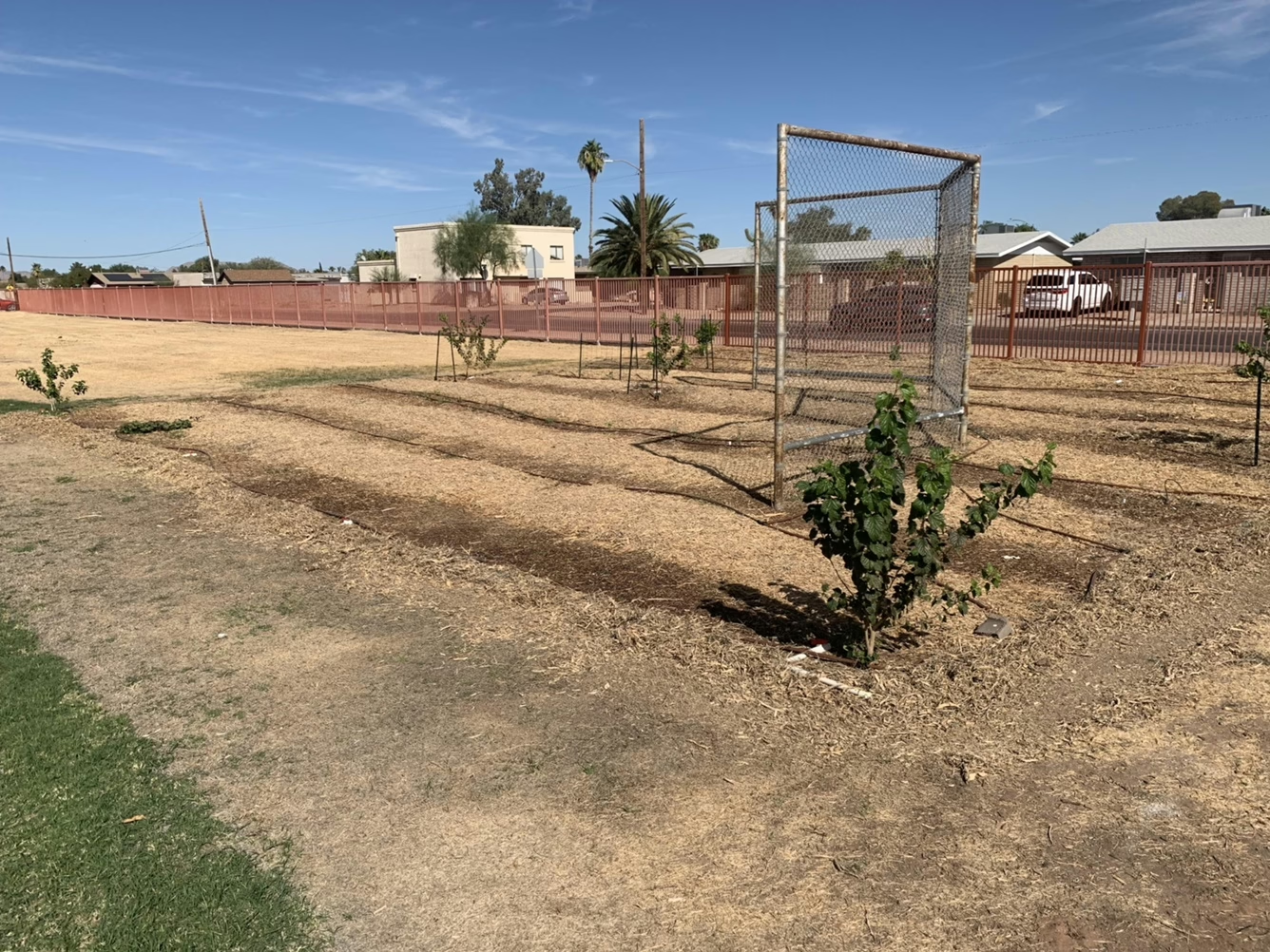
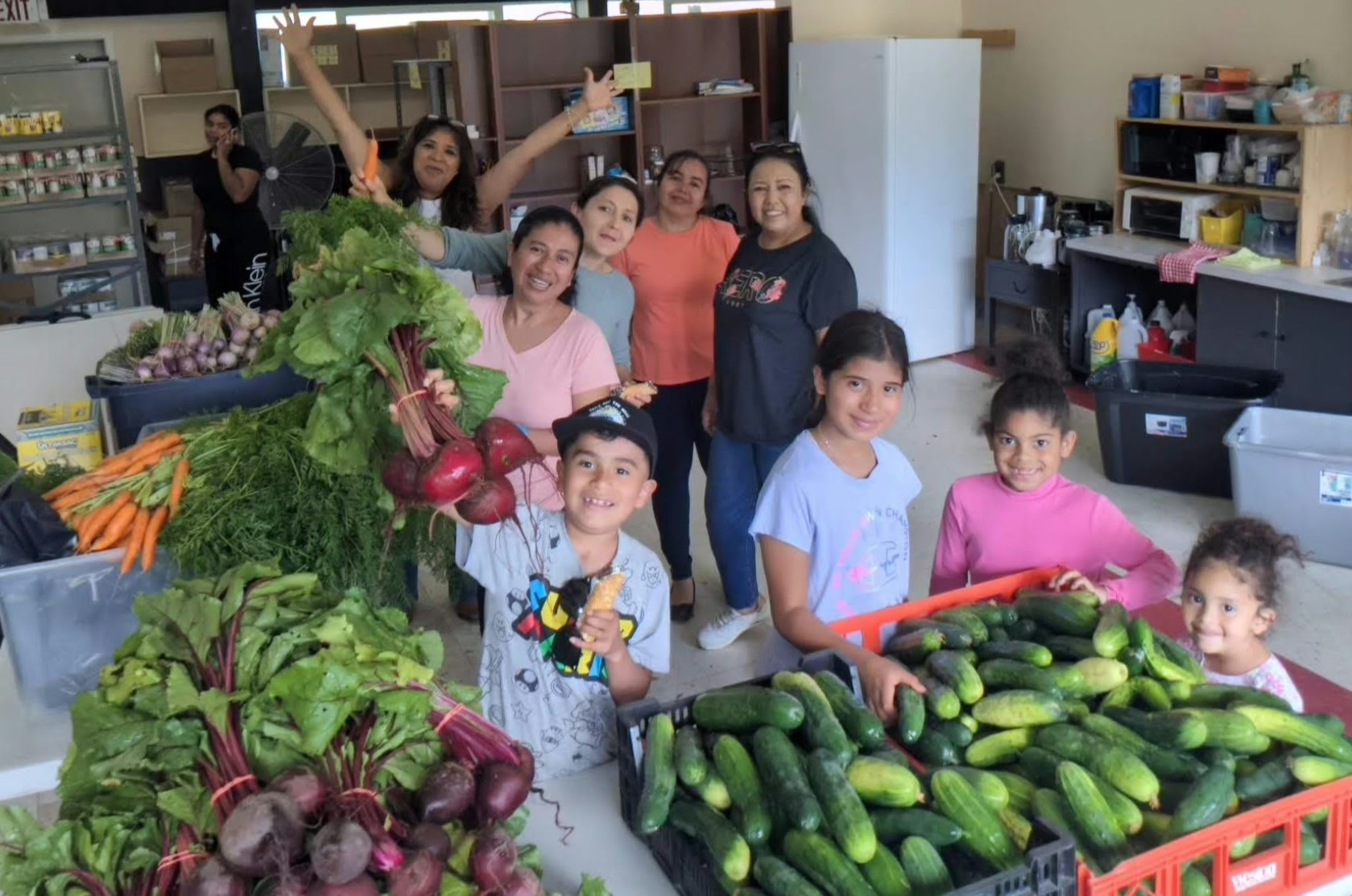

Comments are closed.